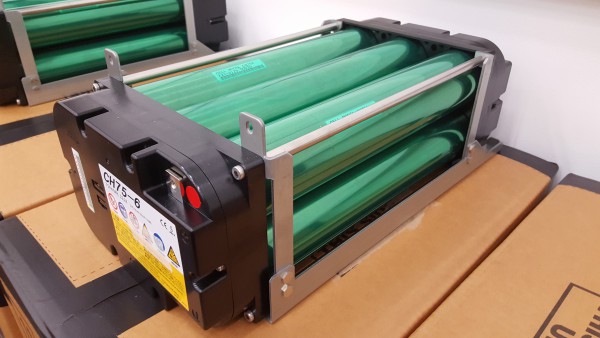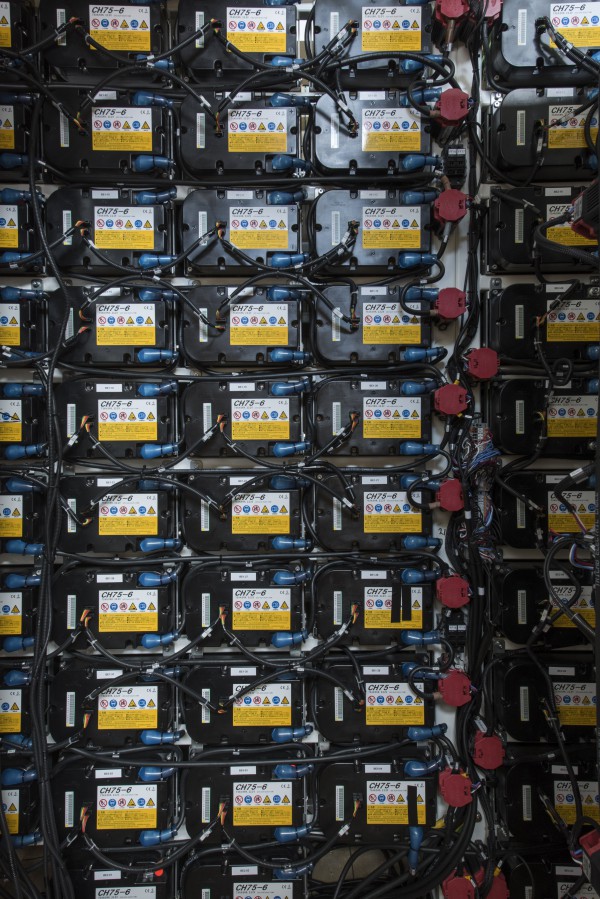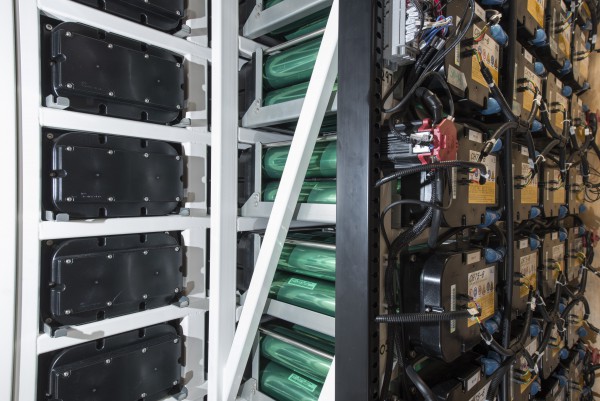Superyacht battery banks – a quiet revolution
As large battery banks start to appear on superyachts, what does the future hold for battery technology and should we be concerned about safety?
They were the bane of many a childhood Christmas morning when they were found to be missing from the longed-for toy, and over time they have become an integral part of our lives, powering everything from our smartphones to, increasingly, our modes of transport. But while battery technology has come on leaps and bounds in recent years, the dominant battery chemistry – lithium-ion – is coming close to 40 years old. Moreover, recent high-profile failures in consumer electronics have delivered a new buzzword to common parlance – the dreaded thermal runaway. So what of superyachts? Is now the time of the battery-powered yacht, and what of the future for this critical tech?
Recent high profile launches have made much of their energy storage capabilities, with Feadship’s Savannah being a classic recent example. Carrying something close to one megawatt of battery power, it heralds a new direction for superyacht propulsion, although the basic idea of energy storage on board has been around for a while. “What we do,” says Matthew Scales, managing director at Magnus Marine, “is essentially extract excess power of the ship’s generators when available, storing the energy so that when power demand means a second generator is about to start up, the energy storage system delivers the necessary power to inhibit that happening.” Known as peak shaving and load levelling, the advantages are clear to see. Throw in a third mode – spinning reverse, which essentially means the ship can be propelled under battery power alone – and it sounds like an ideal, greener and cleaner solution for superyachts. However, even with a large installation of batteries – which can weigh perhaps 15 tons for a 1mw installation – the opportunities for running under batteries alone are still somewhat limited.
So what of the future for battery technology, and will we get to a point where improvements in energy density and lifecycle mean batteries are de rigeur for yachts rather than an optional extra? “The future of the battery may not be lithium,” comments Malcolm Barraclough, a marine electrical engineer who works within the Burgess Technical Services Team. “Lithium ions only carry a single positive charge. Research is now being carried out into the possibility of using ions capable of carrying more than a single charge. Other promising avenues of research involve the use of alternative anode material and changes to the electrolyte chemistry.”
If new battery tech is on the horizon, what of ‘thermal runaway’? It happens when a fault in a cell of the battery generates more heat than can be dissipated, causing nearby cells to fail and creating a positive feedback loop that ultimately leads to total failure. But for the types of commercial batteries that companies such as Magnus Marine and Corvus Energy use, these are factors that have been taken into account. Corvus Energy, for example, uses batteries that have single cell isolation, while Magnus Marine uses a type of cylindrical battery that has been proven to withstand nail penetration, vibration and other elements. But while battery technology of the future – such as aluminium-air – promises vastly increased power density over current lithium-ion technology, it will be a while before these innovations reach commercial availability for superyachts. Until then, trusty and proven Li-ion tech will form the mainstay of yacht installations – and with no thermal runaway in sight.
This article will be published in full in issue 176, the second edition of The ‘new’ Superyacht Report, published in March 2017. The magazine is available free for VIP subscribers. To apply please click here
Pictures courtesy of Magnus Marine
Profile links
Click here to become part of The Superyacht Group community, and join us in our mission to make this industry accessible to all, and prosperous for the long-term. We are offering access to the superyacht industry’s most comprehensive and longstanding archive of business-critical information, as well as a comprehensive, real-time superyacht fleet database, for just £10 per month, because we are One Industry with One Mission. Sign up here.






